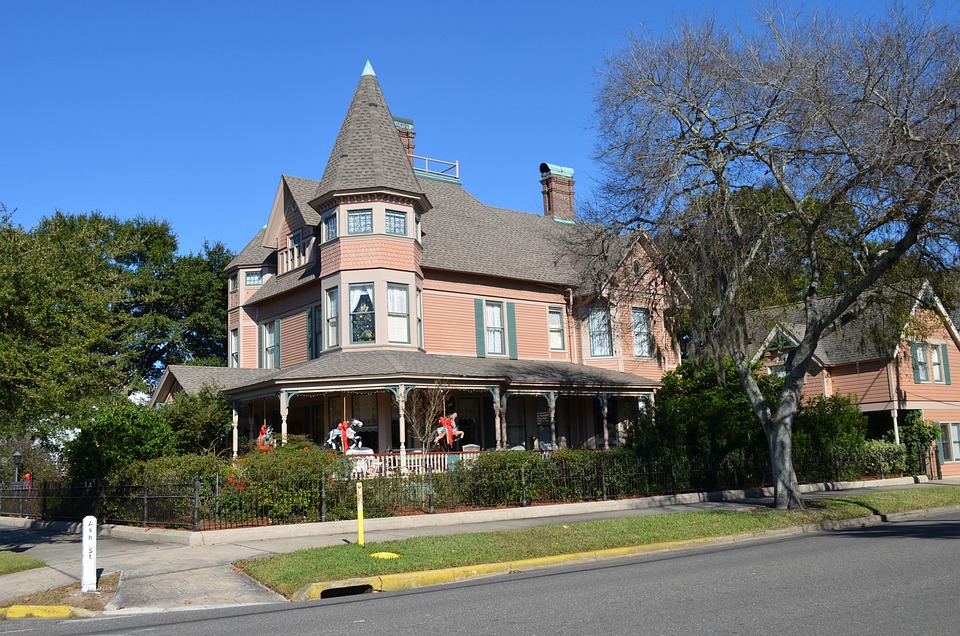As daylight saving time begins this Sunday, March 10, people across the United States will need to set their clocks ahead by one hour. This change not only results in more sunlit hours in the evening during the warmer months, but also causes a delay in seeing the stars shine at night.
Sunsets will be later, with times jumping from 5:42 p.m. to 6:44 p.m. in Boston, 5:45 p.m. to 6:47 p.m. in Worcester, and 5:49 p.m. to 6:50 p.m. in Springfield. Daylight saving time will last 238 days, with the sun setting one hour later than during standard time for 65% of the year.
As the days continue, sunsets will occur even later, with Springfield seeing sunset at 7 p.m. on March 18, Worcester on March 21, and Boston on March 23. The spring equinox will mark the start of spring on March 20, after which most places will see more sunshine than the night sky until the summer solstice on June 20. Daylight saving time will end on November 2, 2025.
Source
Note: The image is for illustrative purposes only and is not the original image of the presented article.




